Projects
Squid
Squid is an experiment deployment framework built with Rails for use at Chapman University’s Economic Science Institute. Experiments are self-contained web apps, hosted through our own git repository. The apps are deployed through Heroku for the duration of the experiment session, with log data stored using the Orchestrate.io DB. When the session ends, the heroku instances are terminated, and the log data continues to be accessible through the framework.
Horatio
Horatio is a compiler for the Shakespeare Programming Language written in Javascript. The goal is to compile and run SPL code directly in the browser. Accompanying this project, I made shakespearelang.org to provide a resource for documentation about the language and projects surrounding it.
Power Plant Investment Strategy Optimization
Using genetic algorithms, this project optimizes the investment strategy for building power plants over an arbitrary lifetime according to simulated market conditions. It develops three different investment strategies:
- a “benevolent dictator” (like a government-controlled monopolist) with the goal of maximizing power generation over profit
- a regulated monopoly with the goal of maximizing profit
- a competitive market of 3 firms trying to maximize profit
Two different types of power plants are used: large-types, with high build cost and low power production cost, and small-types, with low build costs but higher power production costs. Additionally, to account for real-world conditions, the market simulation fluctuates over daily minimum/maximum power needs of the system, and has a growing demand over the simulation lifetime.
Nostoi Project
Nostoi Project was a prototype antiquities database application, enabling researchers to collect and analyze fractured data about the movement of artifacts through illicit smuggling networks, from their initial location of discovery to their residence in museums and galleries. The results of this project have since evolved into some of the core components of our analytics platform at Antiquarium.
Inside.Chapman
Inside began as another exploratory project by our team attempting to provide a single resource for current & real-time content about/related to Chapman University. Initially a node.js/mongo project built with sails.js, in early 2014 the entire platform was reconstructed and integrated with our other platforms, including Social.Chapman. It uses Ruby on Rails backed with PostgreSQL as the primary system, and real-time social media streaming using Hummingbird.
Blogs.Chapman
Launched in early 2012, we saw this as an opportunity to unify the Chapman department blogs scattered across the web into one platform. I oversaw its deployment, and then managed its scaling and systems administration as it grew from a simple blogging platform for the campus and into one of the primary publication sources for the university.
Hummingbird
Hummingbird is an open-source node.js application for simple and consistent interaction and management with various social streams. It’s designed to integrate with service-oriented architectures, using a simple HTTP rest api for communication, and queuing the resulting posts into Redis. Hummingbird transforms the varying types of incoming social media posts into a single format, allowing consistency of the response format regardless of its source.
Elastic Protein Graph
The Elastic Protein Graph was an experimental graph database of protein-protein and protein-drug interactions, to help out other researchers in the Verkhivker Molecular Chaperones and Cancer Research Group at Chapman. As an intuitive network, its design enabled a simple way to understand the static interactions of molecular chaperones and chemical agents in cellular systems. EPG was built with jRuby and Neo4j, using d3 for network visualizations.
Beowulf Xbox Cluster
The Beowulf Xbox Cluster was a project I undertook in high school. The goal was to run as large of a Linux cluster as possible using only modded original Xboxes. I ended up using only borrowed equipment, totaling 8 networked xboxes (5864 MHz) at its peak.
I replaced the HDD on the master xbox with a larger one (around 250 gigs) and had all the other boxes NFS into the master.
At the time, the only software I could test it with was dvd::rip split across the cores. During the tests I used my main computer as the master and all 8 xboxes as compute nodes. The total processing power of all 8 boxes combined was about as fast as a single Intel Core 2 Duo. Additionally, because each Xbox only had a 10/100 network link, the cluster had significant latency delays sharing large files to a single master node (think 100/8 = 12.5Mbps each).
While mostly useless, this was still an awesome project and I had a lot of fun working on it.

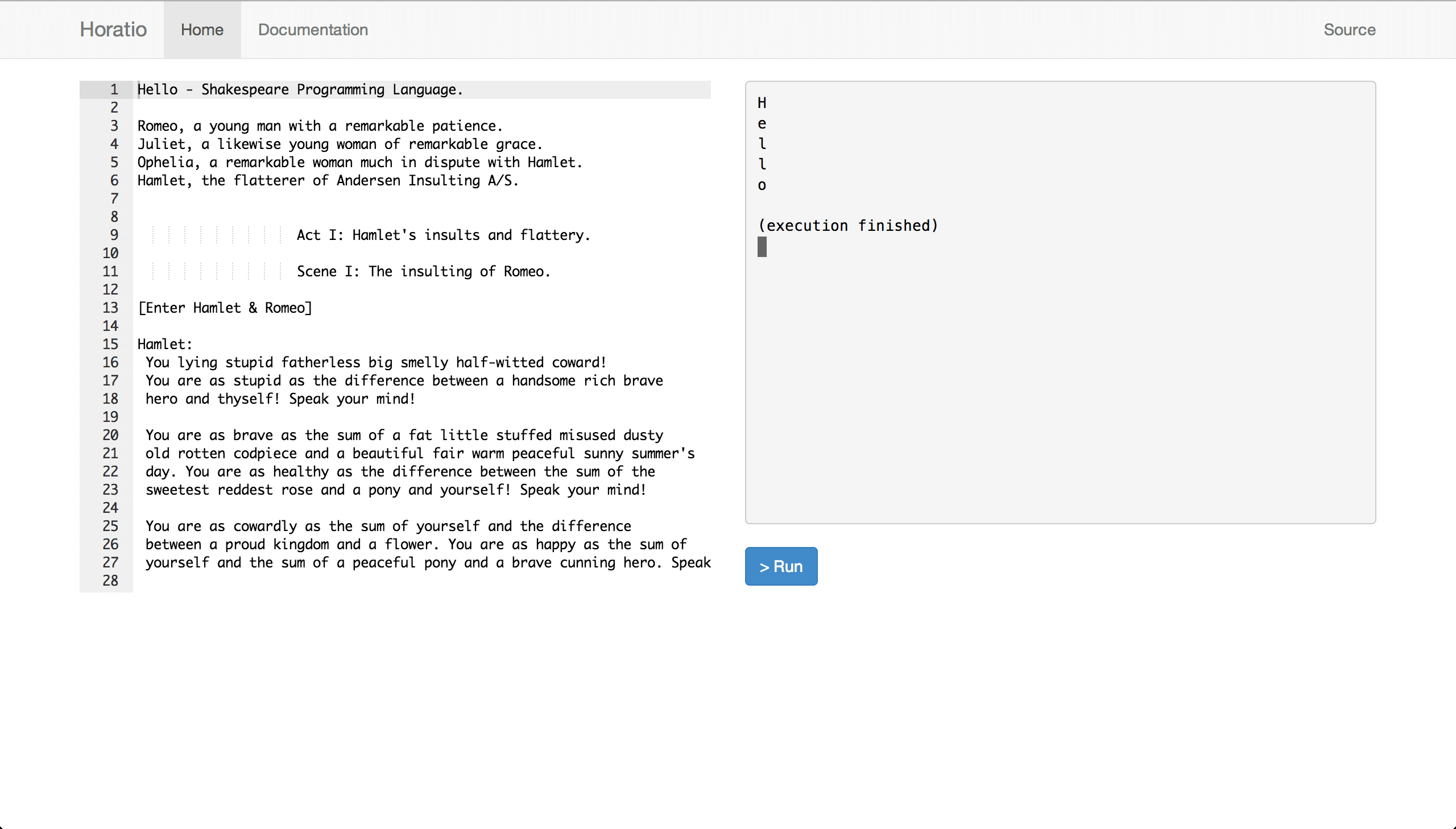
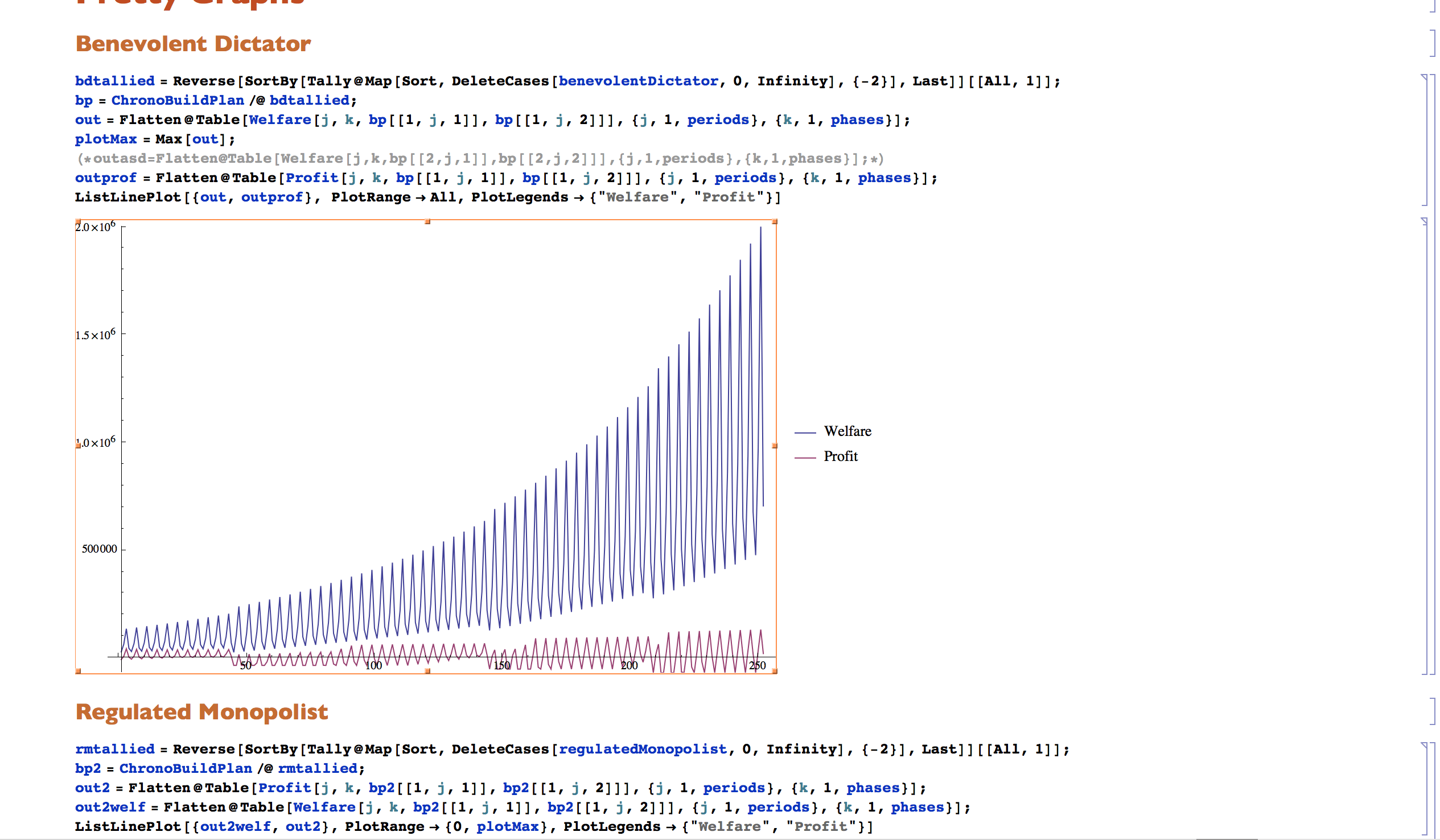
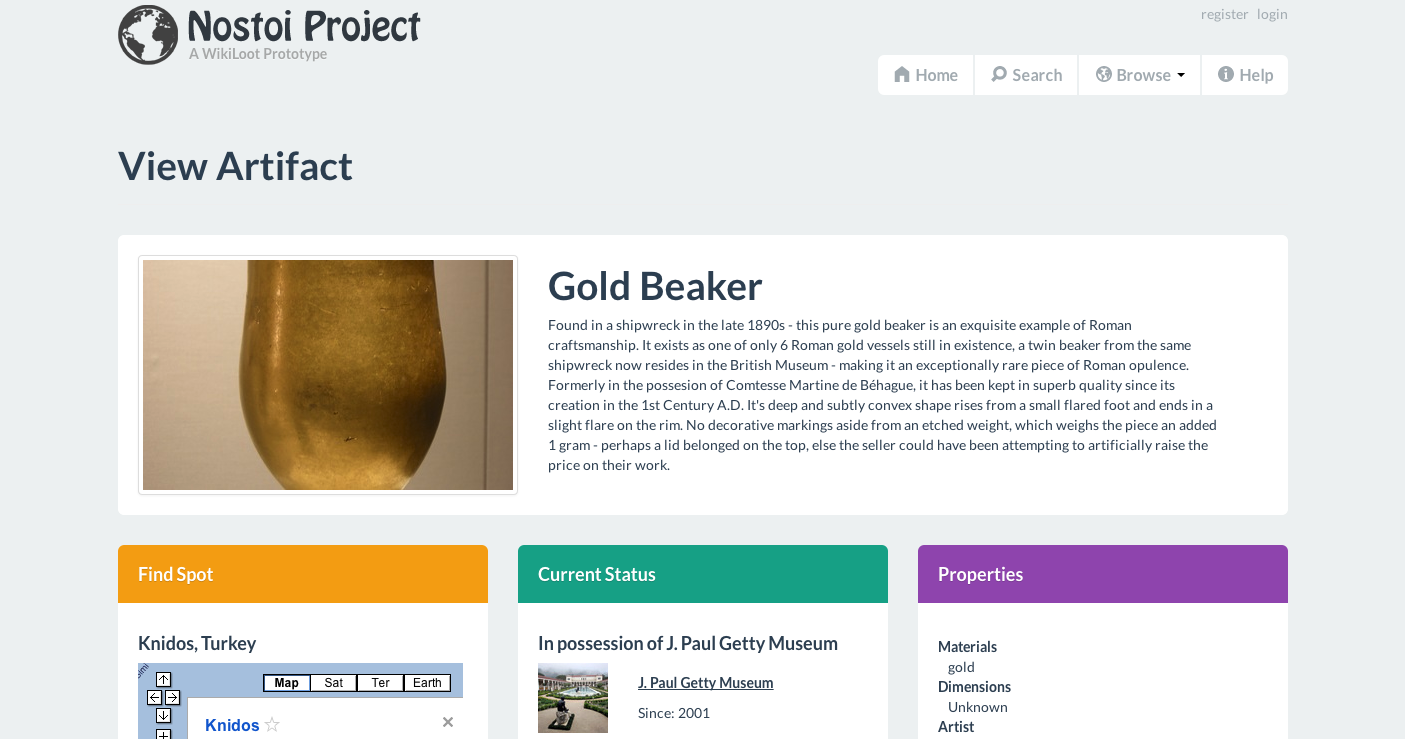


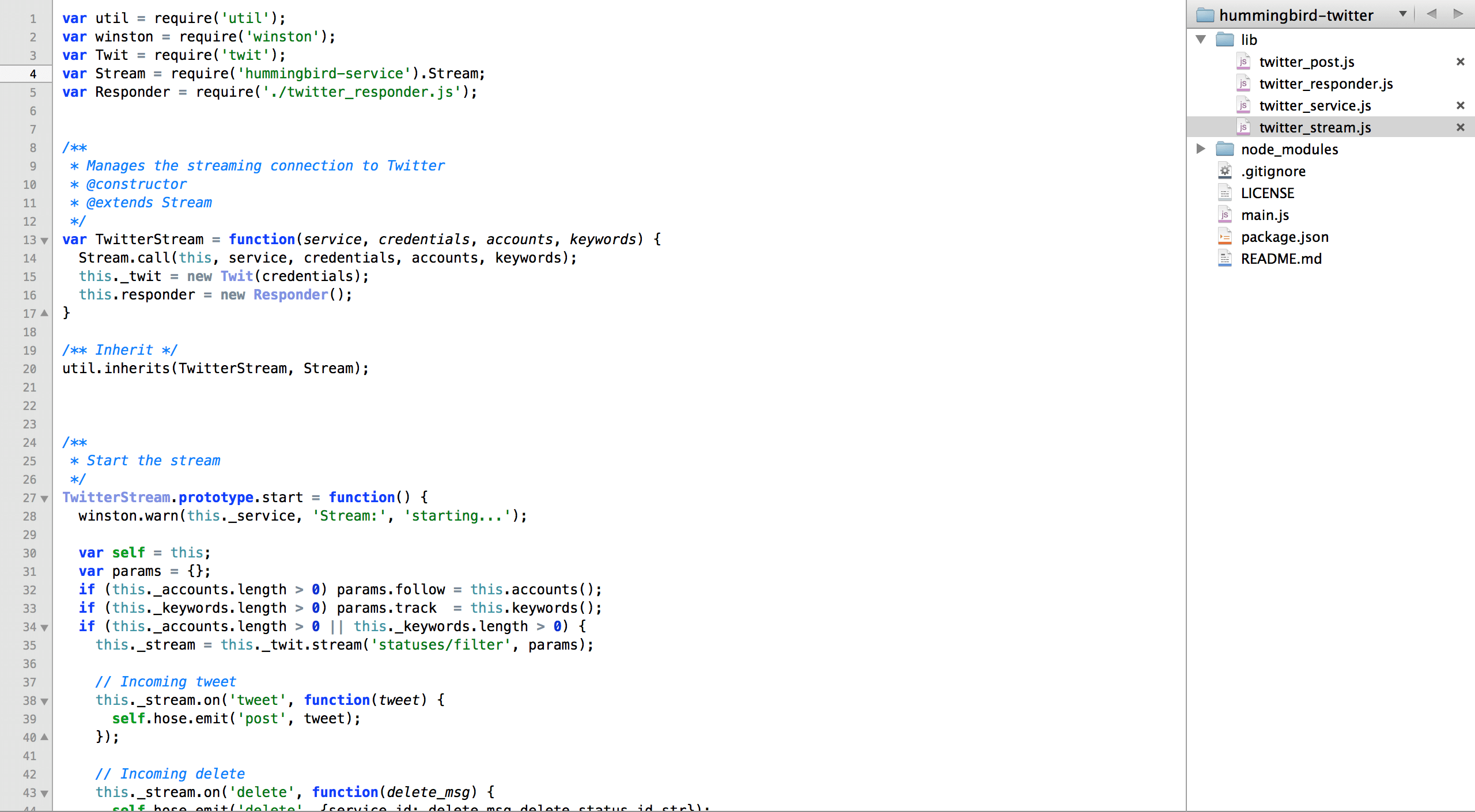
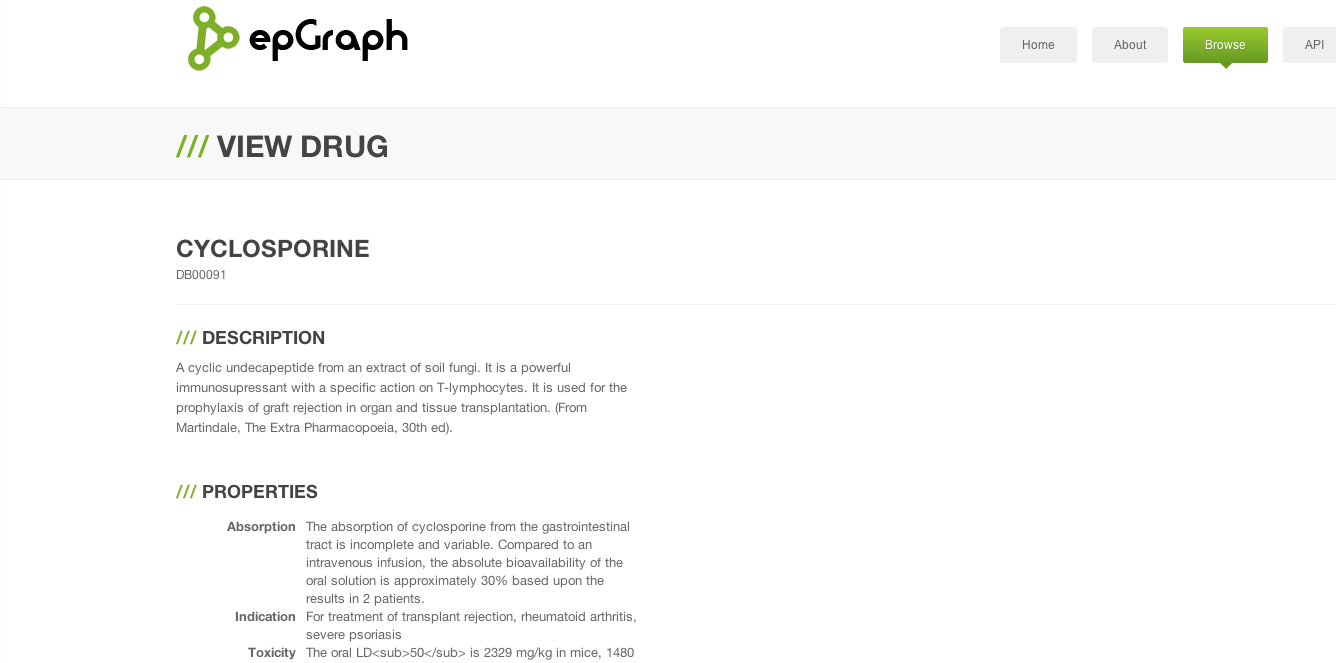
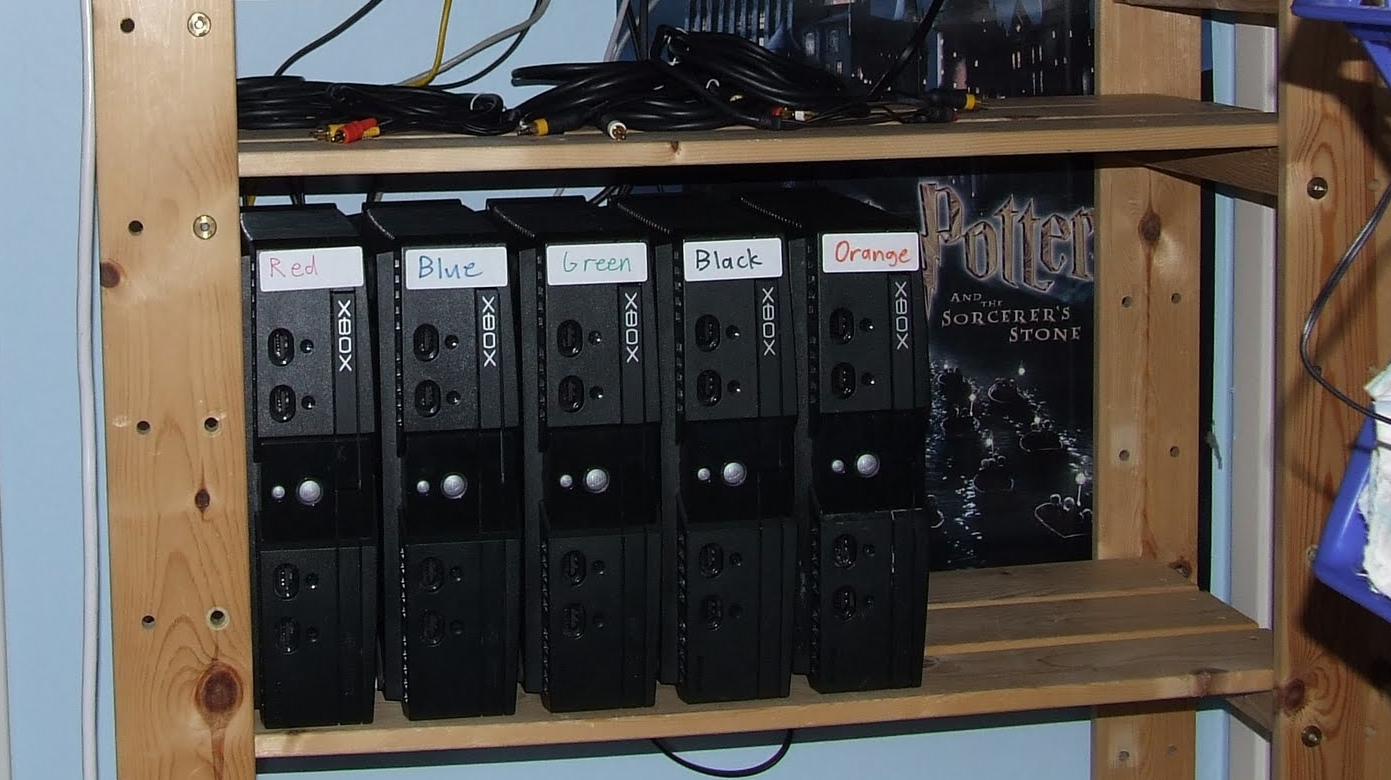
Social.Chapman
The Chapman Social Hub began as an exploratory project attempting to unify all of the university’s social media accounts into one consistent, realtime interface. I built the initial platform with node.js and mongodb, with websockets providing realtime connections between the users and the server. In early 2014, another developer joined our team and we re-architected the entire platform to integrate with Inside.Chapman. Social.Chapman is now a social media specific subset of the data collected and managed by Inside.
Visit Project